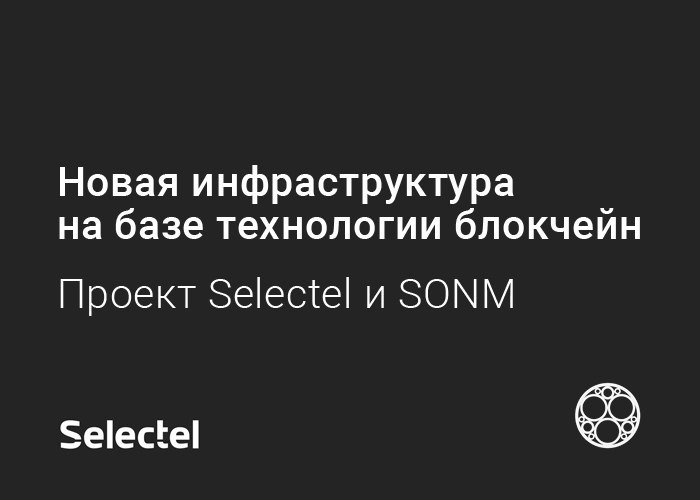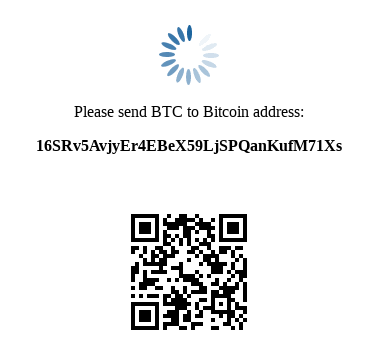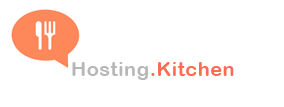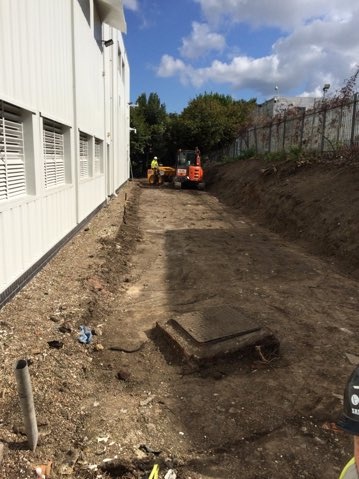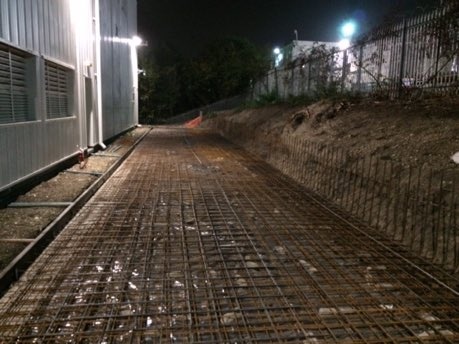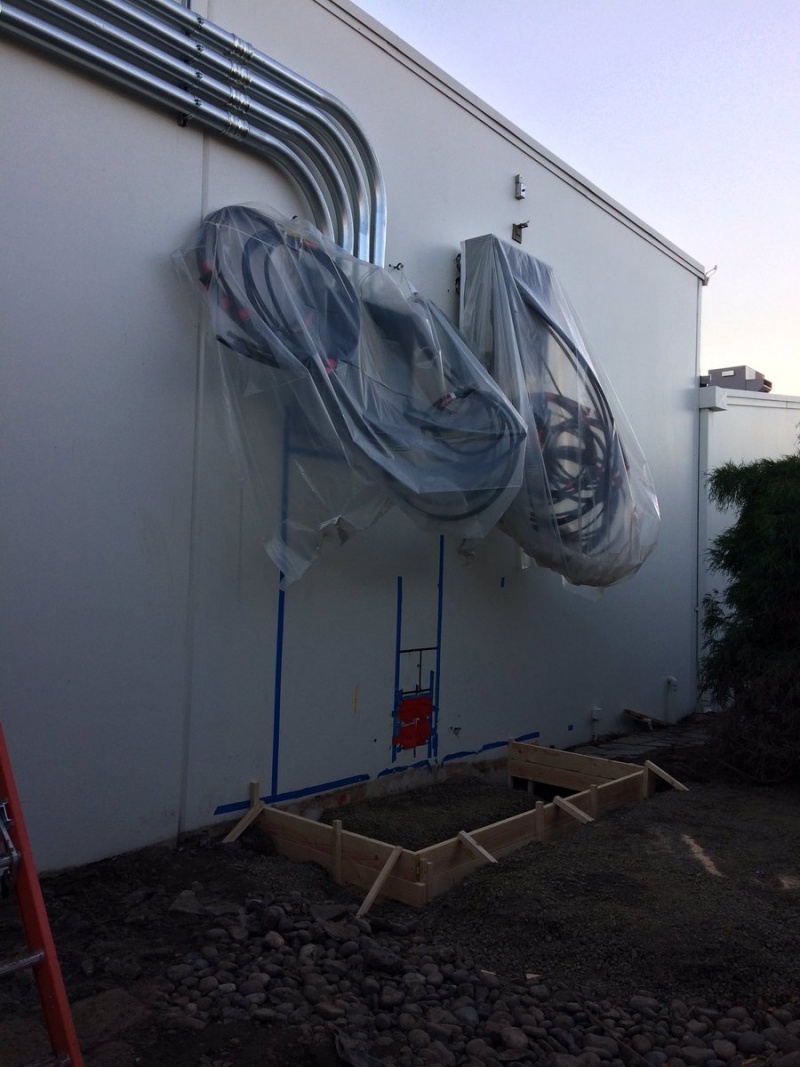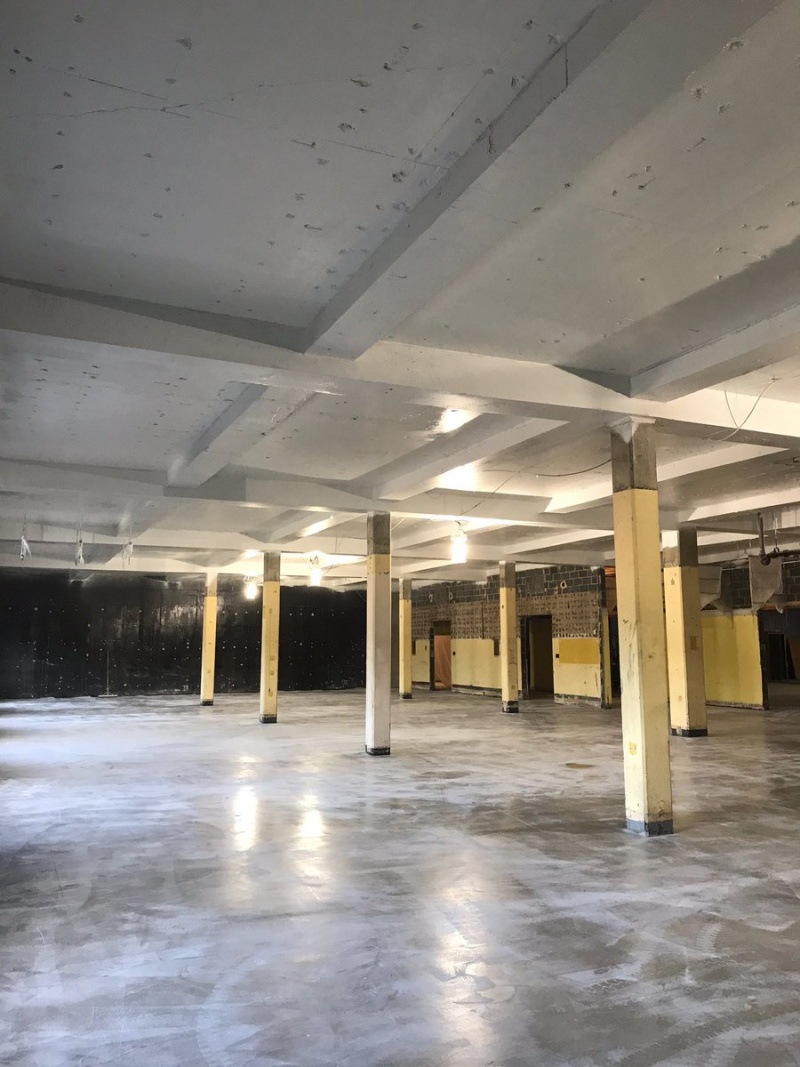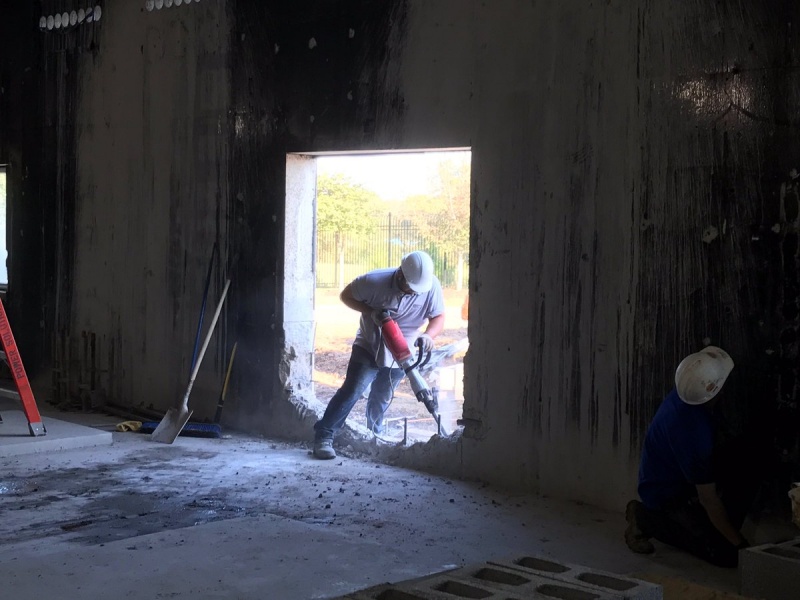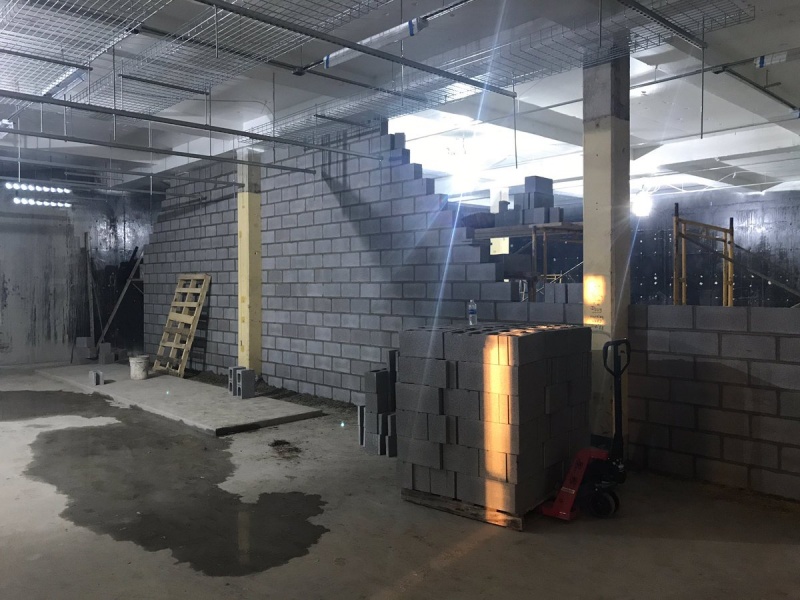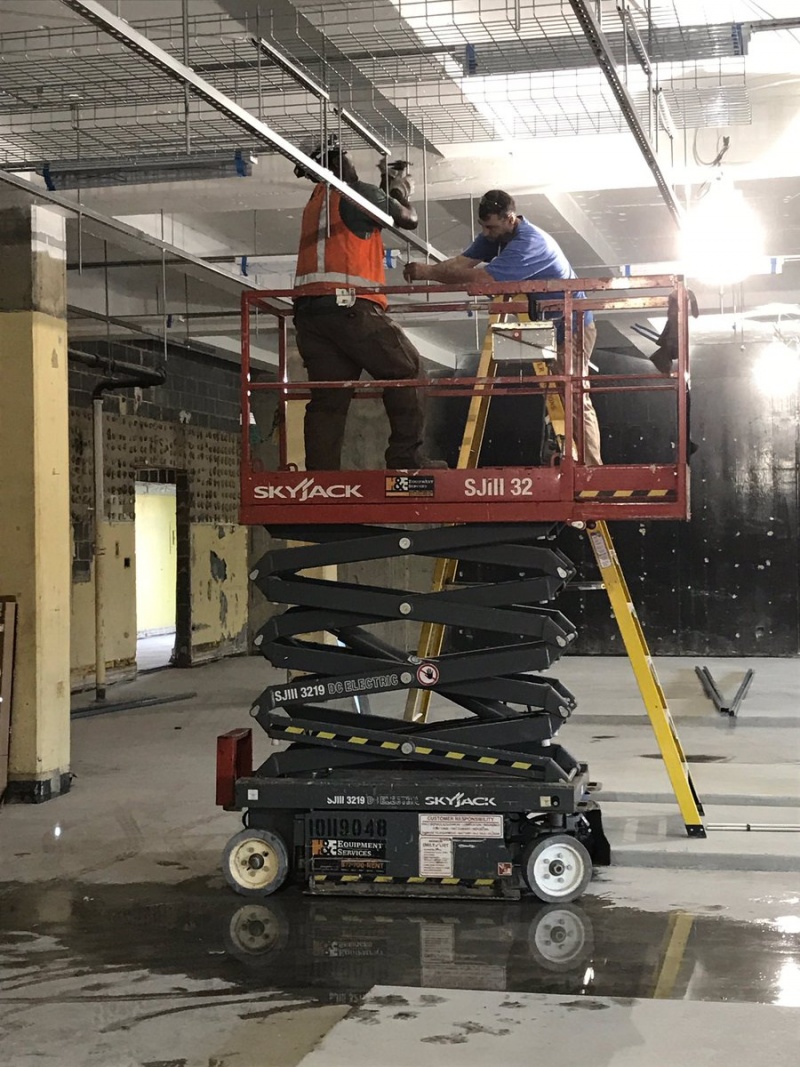New account management + Total external bandwidth increased + New data center naming scheme

1. Account management
New Hetzner account management interface
In the first half of October, we plan to introduce a new account management interface for your Robot account: Hetzner Account. This will allow you to view and edit your account information, like your postal address, email address, and payment options, from one central and easy-to-use location.
The first time you log into the Robot administration interface after Hetzner Account's implementation, you will immediately be redirected to Hetzner Account. After you enter your username and password, you will find yourself, as usual, on Robot.
We will use Hetzner Account for new Hetzner applications in the future, which will allow you to manage your master data and single sign-on. Furthermore, Hetzner Account will serve as a global authentication tool.
We will make a post on hetzner-status.de once we have a fixed date for the introduction of Hetzner Account.
2. Total external bandwidth
Total external bandwidth increased to 2.53 Tbit/s
Customers at Hetzner Online profit from our constant endeavors to increase our total external bandwidth. The following upstreams have either become operational or have increased:
Transit:
- 300G Telia
- 240G Google
- 20G Worldstream
- 10G LWLcom
- 10G myLoc
3. New PHP version
PHP 7.1 for webhosting accounts and managed servers
The newest version of PHP, version 7.1, is now available to customers with web hosting accounts and managed servers. We are providing it in parallel to existing PHP versions. Version 7.1 contains a variety of new features and bug fixes and is easy to find on the konsoleH administration interface.
To see an overview of all available versions of PHP, please see: testen.de/
4. New images
CentOS 7.4 and openSUSE 42.3
Starting now, you can install an upgraded version of CentOS or the updated version of openSUSE onto your dedicated root server or vServer via our Installimage script and VNC.
In addition to updates for many cryptographic libraries, CentOS 7.4 also includes numerous software packages that have been edited, upgraded, or are completely new.
OpenSSH has been updated to Version 7.4 and, therefore, no longer supports SSH1.
You can find the CentOS 7.4 release notes here:
wiki.centos.org/Manuals/ReleaseNotes/CentOS7
The openSUSE 42.3 release includes the Linux kernel, packages, applications and software of all sorts.
You can read more about the changes for the new openSUSE here:
doc.opensuse.org/release-notes/x86_64/openSUSE/Leap/42.3/
5. New data center naming scheme
New data center naming scheme
Since we as a company are growing, as are the number of our data centers, we want to unify the way we name our data centers, which is why we're introducing a new naming scheme.
To find detailed information on the new naming scheme, please see:
wiki.hetzner.de/index.php/Benennung_Rechenzentren/ru
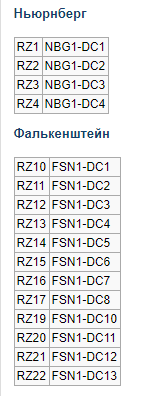
6. Willkommen im Internet
«Willkommen im Internet» event — video recap
To celebrate our 20th anniversary, we held a two-day event at our data center park in Falkenstein/Vogtland, Germany. The highlight of the festivities was an open-air concert with Christina Stürmer.
You can watch a recap video with most memorable moments of the event on our YouTube channel: www.youtube.com/watch?v=0zbLS12Yr_I
We hope you enjoy watching it!
